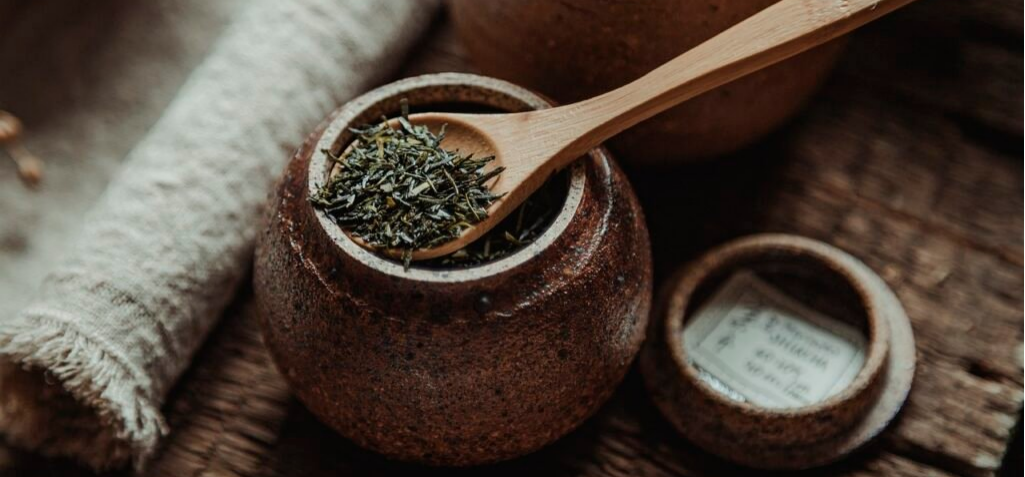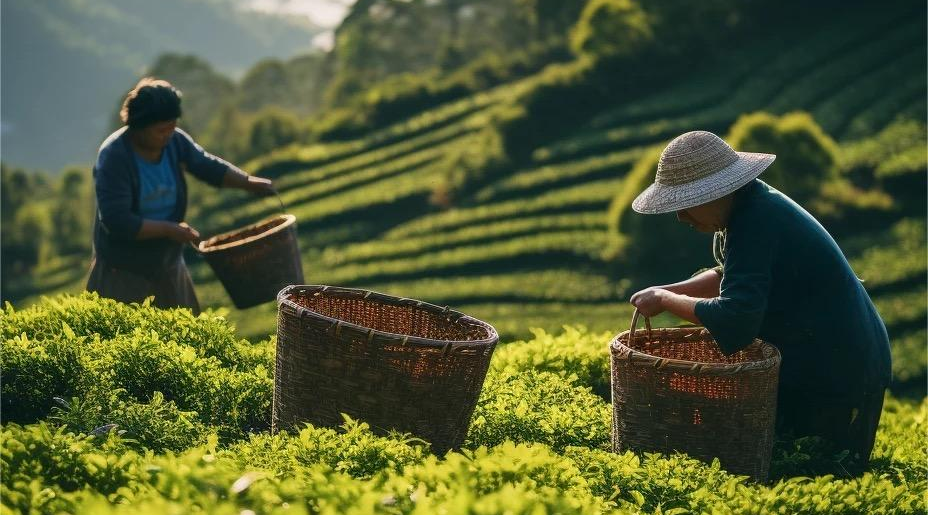From Leaf to Cup: How Tea is Made
Behind every exceptional cup of tea lies a meticulous and labor-intensive process known as tea picking. From the tender shoots of spring to the robust leaves of autumn, the art of tea picking requires skill, precision, and an intimate understanding of the tea plant. Join us as we journey through the tea fields and uncover the fascinating process of tea picking – a timeless tradition that has shaped the world of tea for centuries.
- The Importance of Timing:
The tea-picking process begins with timing – knowing exactly when to harvest the tea leaves for optimal flavor and quality. In many tea-growing regions, the first flush of spring is highly prized for its tender shoots and delicate flavor profiles. Tea pickers carefully monitor the growth of the tea bushes, waiting for the ideal moment when the leaves are at their peak of freshness and vitality. Timing is crucial, as harvesting too early or too late can result in inferior tea with bland or bitter flavors.
- Hand vs. Machine Picking:
Traditionally, tea has been hand-picked by skilled workers who pluck the leaves with precision and care. Hand-picking allows for selective harvesting of only the youngest and most tender leaves, ensuring superior quality and flavor. However, as demand for tea has grown and labor costs have risen, some tea producers have turned to mechanical harvesting methods. While machine picking offers efficiency and cost savings, it often results in a lower-quality product, as machines cannot discern between tender shoots and mature leaves.

- Plucking Techniques:
Tea pickers employ various techniques to harvest the leaves with utmost care and attention. In the case of “two leaves and a bud” teas such as white and green tea, pickers selectively pluck the youngest two leaves and the unopened bud from each tea shoot. This delicate plucking method ensures that only the most flavorful and nutrient-rich parts of the plant are harvested, resulting in teas of exceptional quality. For black and oolong teas, pickers may opt for a slightly more mature leaf, depending on the desired flavor profile and processing method.
- Sustainable Practices:
In recent years, there has been a growing emphasis on sustainable and ethical tea production practices. Many tea estates prioritize environmental stewardship and fair labor practices, ensuring that tea pickers are treated with dignity and respect. Additionally, sustainable farming methods such as organic cultivation and regenerative agriculture help preserve the health of the soil and surrounding ecosystem, ensuring the long-term viability of tea cultivation for future generations.
- The Human Touch:
Perhaps the most crucial aspect of the tea-picking process is the human touch – the skill, knowledge, and dedication of the tea pickers themselves. These unsung heroes of the tea industry navigate steep hillsides and dense foliage, carefully selecting each leaf with a practiced eye and steady hand. Their laborious work ensures that only the finest leaves make their way from the tea fields to your cup, preserving the time-honored tradition of tea craftsmanship.

Tea picking is more than just a manual labor–it is a timeless art form that embodies the essence of tea culture and craftsmanship. From the tender shoots of spring to the robust leaves of autumn, the process of tea picking is a labor of love, guided by tradition, skill, and a deep reverence for nature. So, the next time you savor a cup of tea, take a moment to appreciate the journey of the leaves–from the tea fields to your teapot, each sip tells a story of dedication, passion, and the enduring beauty of tea.
